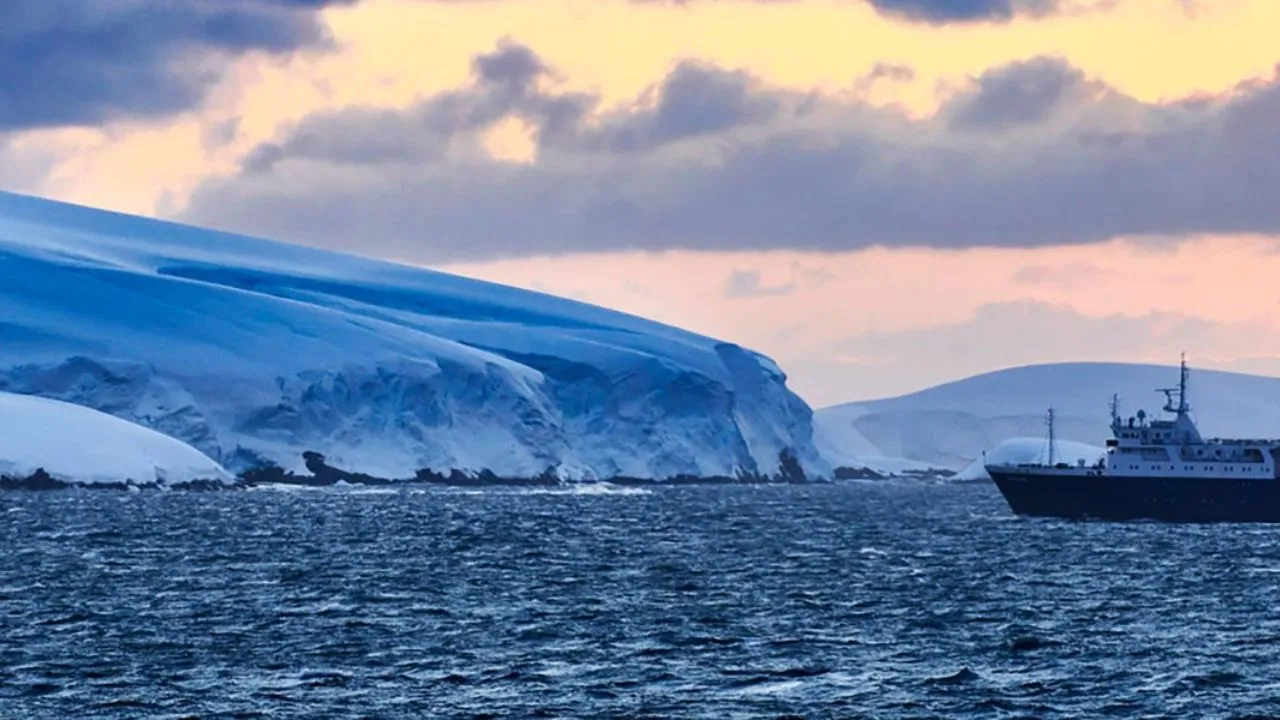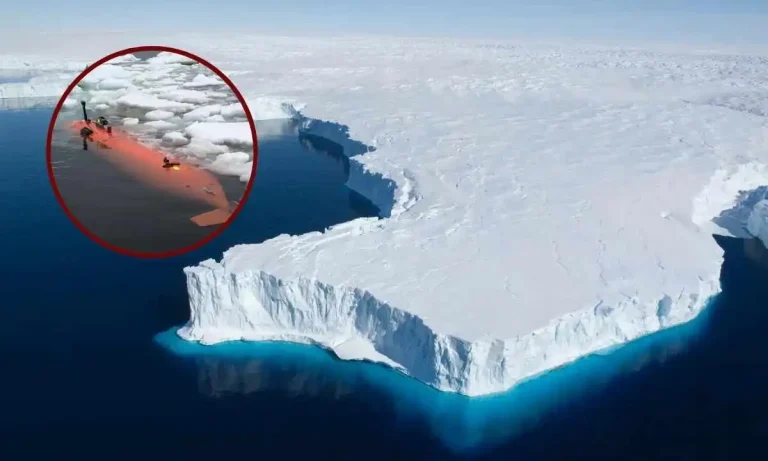An Antarctic Expedition With National Geographic On A Cruise For Just $10,000 | Get Up Close To Icebergs, and Wildlife With Specialists!
Those who love nature and watched National Geographic documentaries with relish, now have an opportunity. They can join an Antarctic expedition with National Geographic on a luxury cruise. The minimum package is around US$ 10,000. Enthusiasts can experience Antarctica using a range of exploration tools aboard the luxury cruisers National Geographic Endurance or National Geographic Resolution. This includes a remotely operated vehicle that captures footage of the ocean floor. The expedition starts from the tip of Argentina. Let us explore this unique opportunity in detail.
What You Can Expect from Antarctic Expedition with National Geographic

National Geographic’s Antarctic expeditions combine the thrill of adventure travel with the expertise of naturalists, photographers, and other specialists. These cruises typically depart from Ushuaia, Argentina. It then sails to Antarctica across the Southern Ocean. The Cruise navigates through the infamous Drake Passage.

The ship’s amenities ensure that guests are comfortable as they journey through some of the most extreme environments on Earth. The accommodations range from well-appointed cabins to spacious suites. It offers modern comforts such as private bathrooms, full-board meals, and panoramic windows to observe the passing landscapes. Travelers also have access to a variety of onboard activities. This includes photography workshops, expert-led presentations, and opportunities to engage with fellow adventurers.
Antarctic Expedition with National Geographic
Exploring Wildlife and Icebergs
One of the key highlights of an Antarctic expedition is the chance to see wildlife in its natural habitat. Antarctica is home to many species that are rarely seen anywhere else on Earth. These include Emperor penguins, seals, whales, and seabirds. National Geographic’s expeditions offer guests the opportunity to get up close to these animals. This is accomplished through zodiacs (small inflatable boats). They take passengers ashore or allow them to explore icebergs and rocky coastlines.
The expedition vessels are designed to maximize wildlife viewing opportunities. Zodiacs are used to carry passengers from the ship to land or into the waters around floating icebergs, where they can see seals lounging on the ice or penguin colonies at play. The experienced guides ensure that wildlife encounters are safe, respectful, and memorable.

The ever-changing landscape of Antarctica itself is another spectacle. Passengers can witness towering glaciers, vast ice fields, and spectacular icebergs that seem to glow in shades of blue and white. The immense size and raw beauty of the environment make a lasting impression on all who visit.

The Cost of an Antarctic Expedition with National Geographic
An Antarctic expedition with National Geographic offers an exceptional travel experience, but it does come at a premium. The cost of the cruise typically starts at around $10,000 per person for a basic cabin, but this price can vary depending on the specific itinerary, ship, and cabin category. Travelers opting for suites or more luxurious accommodations may pay more, with prices reaching up to $30,000 or more for an all-inclusive experience.
While the cost of an Antarctic cruise is certainly higher than other destinations, it includes a comprehensive package of services. The price covers not just the cruise itself but also most meals, shore excursions, and onboard activities.
Factors Affecting the Cost
Several factors contribute to the cost of an Antarctic expedition. The length of the voyage is one such factor; most cruises last from 10 to 20 days. Longer expeditions tend to be more expensive, as they cover a wider range of destinations and allow for more shore landings.
The type of ship you choose also impacts the cost. National Geographic’s partnership with Lindblad Expeditions means that the ships are specially designed for polar exploration, with ice-strengthened hulls, high-end amenities, and expert staff. These ships are designed to withstand harsh conditions, which increases operational costs. Smaller, more intimate ships typically offer a more personalized experience, which may come at a higher price point.
The time of year is another factor that can affect the cost of an Antarctic cruise. The Antarctic season runs from November to March, with the summer months (December to February) being the peak period. During these months, wildlife is most active, and the weather is milder, but prices tend to be higher during this time. Cruises that depart earlier or later in the season may offer more affordable rates but come with the risk of less predictable weather conditions.
The Drake Passage: A Unique Experience
The Drake Passage is a key part of any Antarctic cruise. This stretch of water between the southern tip of South America and Antarctica is notorious for its rough seas, but it also holds a certain allure for adventurers. The passage is one of the most biologically rich regions on Earth, home to marine life like whales, seals, and seabirds.

Travelers crossing the Drake Passage are often treated to lectures from onboard experts, providing insight into the area’s wildlife, history, and geography. Despite the sometimes-challenging seas, the ship’s stabilizers help ensure passenger comfort and the chance to spot migrating whales or schools of dolphins makes the journey across the passage memorable.
Direct Flights to Antarctica
For those who want to skip the Drake Passage and fly directly into Antarctica, National Geographic also offers direct flight options from Punta Arenas, Chile, to King George Island, just off the coast of the Antarctic Peninsula. This option eliminates the need for a long sea voyage, cutting down travel time significantly. Passengers can explore the continent for several days and then fly back, avoiding the rough waters of the Drake Passage altogether.
Planning and Booking Your Antarctic Expedition
Given the complexity and the cost of traveling to Antarctica, planning a trip requires careful consideration. The first step is deciding whether you want to take a full-fledged cruise or a shorter fly-and-cruise expedition. Once you have decided, it’s important to book early. National Geographic and Lindblad Expeditions typically operate a limited number of voyages each year, and demand is high, especially for the prime months of December and January.

Travelers are advised to be aware of additional costs, such as travel insurance, tips, and optional excursions. These extra expenses can add up, so it’s important to budget accordingly.
Conclusion
An Antarctic expedition with National Geographic is a once-in-a-lifetime opportunity to explore one of the most remote and untouched regions on Earth. With the expertise of naturalists, the excitement of wildlife encounters, and the beauty of the landscape, this cruise offers an unforgettable adventure.
Also Read:
Dolphins and Whales Reveal Their Grief, Trying to Bring Back Their Lost







